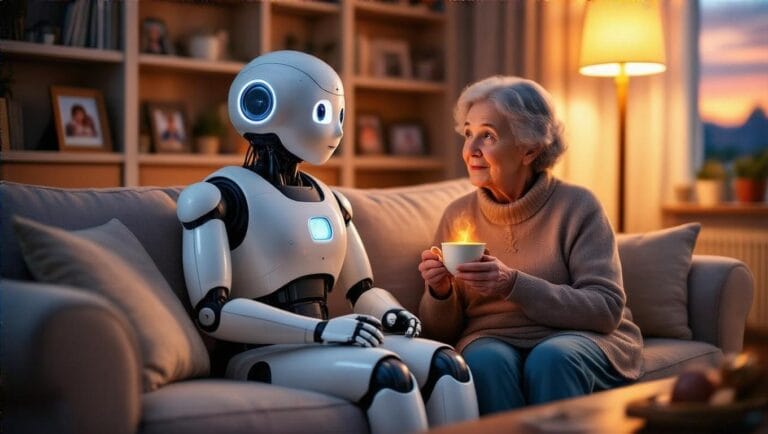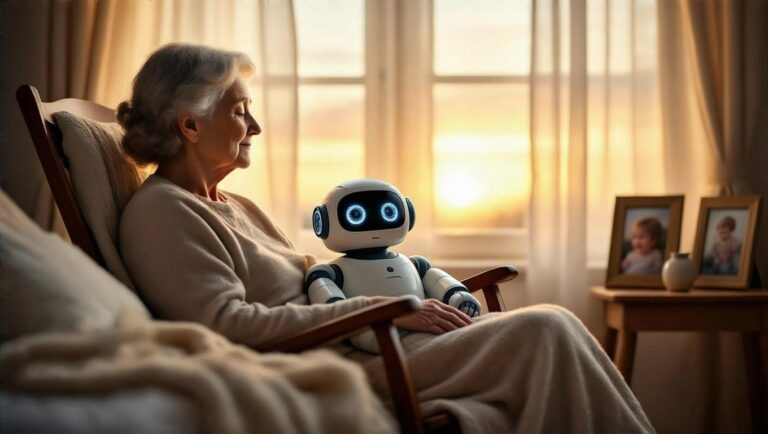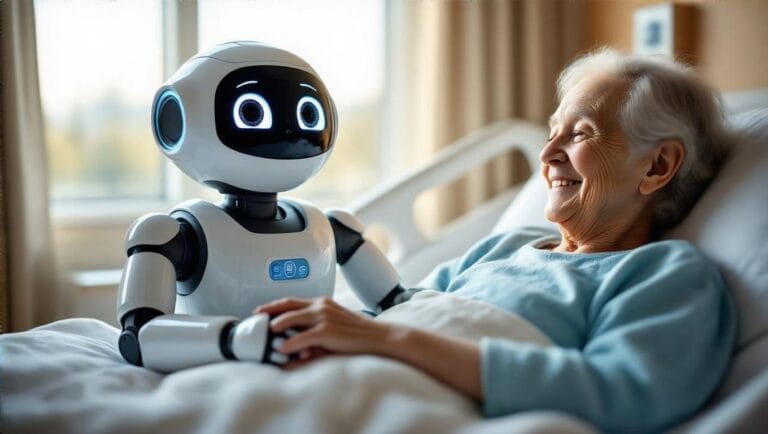Answer just a few questions and we'll have you matchedwith your perfect Companion Robot!Click now for your FREE custom report!
Social Robots for Dementia Care: Breakthroughs in Companion Technology
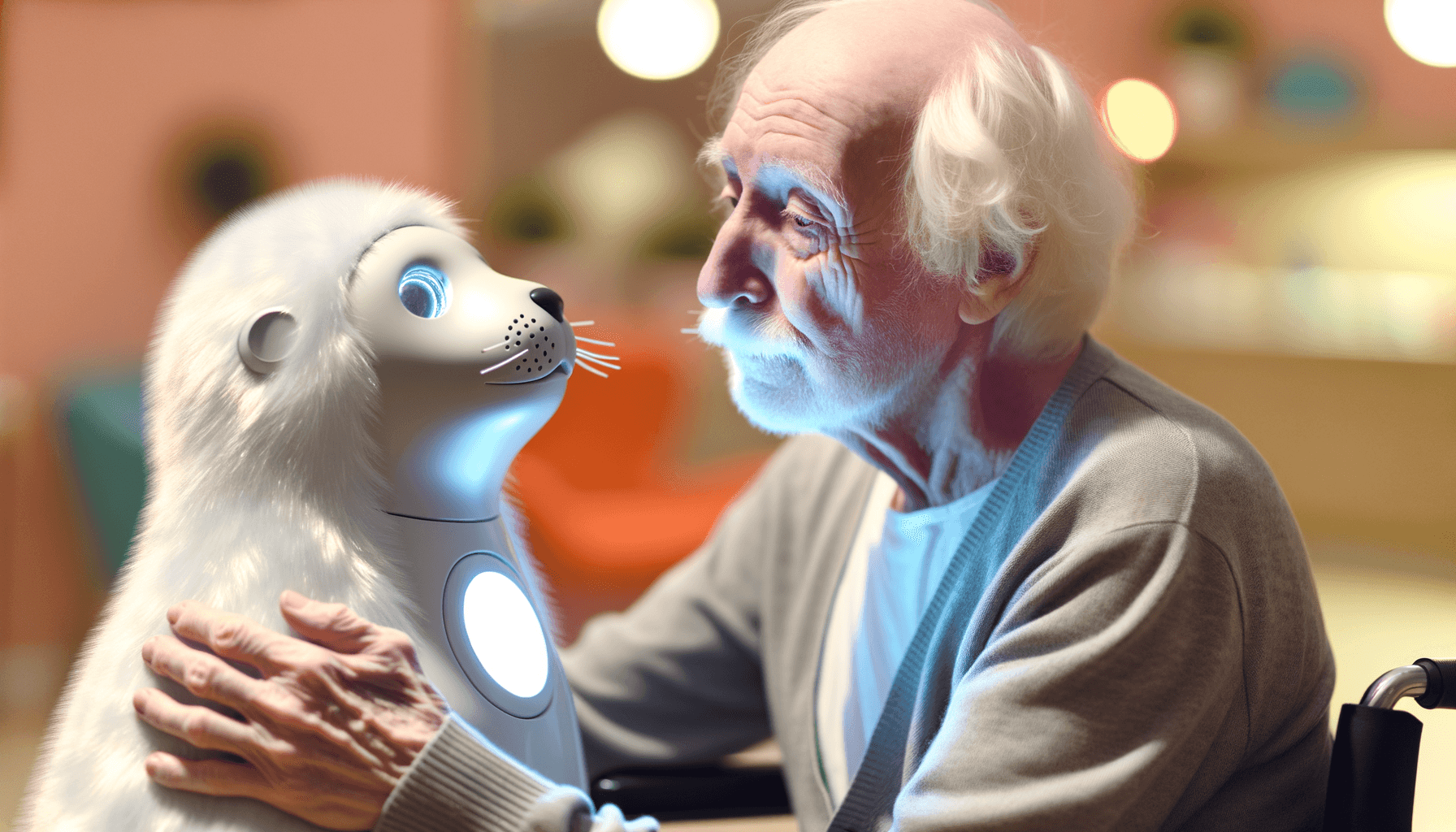
Social Robots for Dementia Care: Breakthroughs in Companion Technology
Something has been making waves in the world of dementia care: social robots. These nifty little companions are shaking things up and offering some seriously cool possibilities for our loved ones living with dementia. It’s like having a robot buddy who’s always there to lend a hand (or a robotic arm, I guess?).
In the realm of dementia care, these robots are like super companions, providing support and engagement for folks dealing with cognitive decline. And let’s face it, with the number of people living with dementia on the rise, we could all use a little extra help!
The Need for Innovative Dementia Care

Dementia is no walk in the park, and traditional care methods often struggle to keep up with the complex needs of individuals affected by it. We’re talking social isolation, cognitive decline, behavioral issues – the whole shebang. But fear not, because social robots for dementia patients are swooping in to save the day (cue superhero music)!
Understanding Social Robots
These social robots come in all shapes and sizes, each with their own special set of skills to help out individuals with cognitive impairments. They’ve got fancy features like artificial intelligence, sensors, and interactive capabilities that allow them to respond to human touch, voice, and movement. It’s like having a robot sidekick who’s always ready to play!
Benefits of Social Robots in Dementia Care
Buckle up, because the benefits of social robots in dementia care are pretty darn impressive:
Emotional and Social Support: Say goodbye to loneliness and hello to companionship! Social robots offer a friendly face and a listening ear (or microphone?) to reduce feelings of isolation.
Cognitive Stimulation: These robots are like personal trainers for the brain, encouraging mental engagement and helping to maintain cognitive functions.
Reduction in Behavioral Symptoms: Studies have shown that social robots can help keep those pesky behavioral and psychological symptoms of dementia in check, like agitation and depression.
Improved Quality of Life: With consistent companionship and stimulation, social robots are helping to make life a little brighter for individuals with dementia.
Popular Social Robots for Dementia Care

Let’s meet some of the superstars in the world of social robots for dementia care:
PARO: This adorable seal-like robot has been making waves in reducing stress and anxiety among dementia patients. Who wouldn’t want to cuddle up with this cutie?
NAO: A humanoid robot that’s ready to party! NAO can engage in all sorts of interactive activities, promoting social interaction and cognitive stimulation.
How Social Robots Work
These social robots are like the superheroes of technology, using a powerful combination of artificial intelligence, machine learning, and advanced sensors to interact with users. They can recognize and respond to human emotions, speech, and physical contact, creating a more natural and engaging interaction experience. It’s like having a robot bestie who just gets you!
Research and Evidence
Don’t just take my word for it – the effectiveness of social robots in dementia care is backed by some serious research. A systematic review and meta-analysis found that pet-type robot interventions significantly reduced agitation levels in patients with dementia. Plus, the longer patients spent hanging out with these robotic pals, the better their depression symptoms got. It’s like a science-backed friendship!
Implementing Social Robots in Care Settings
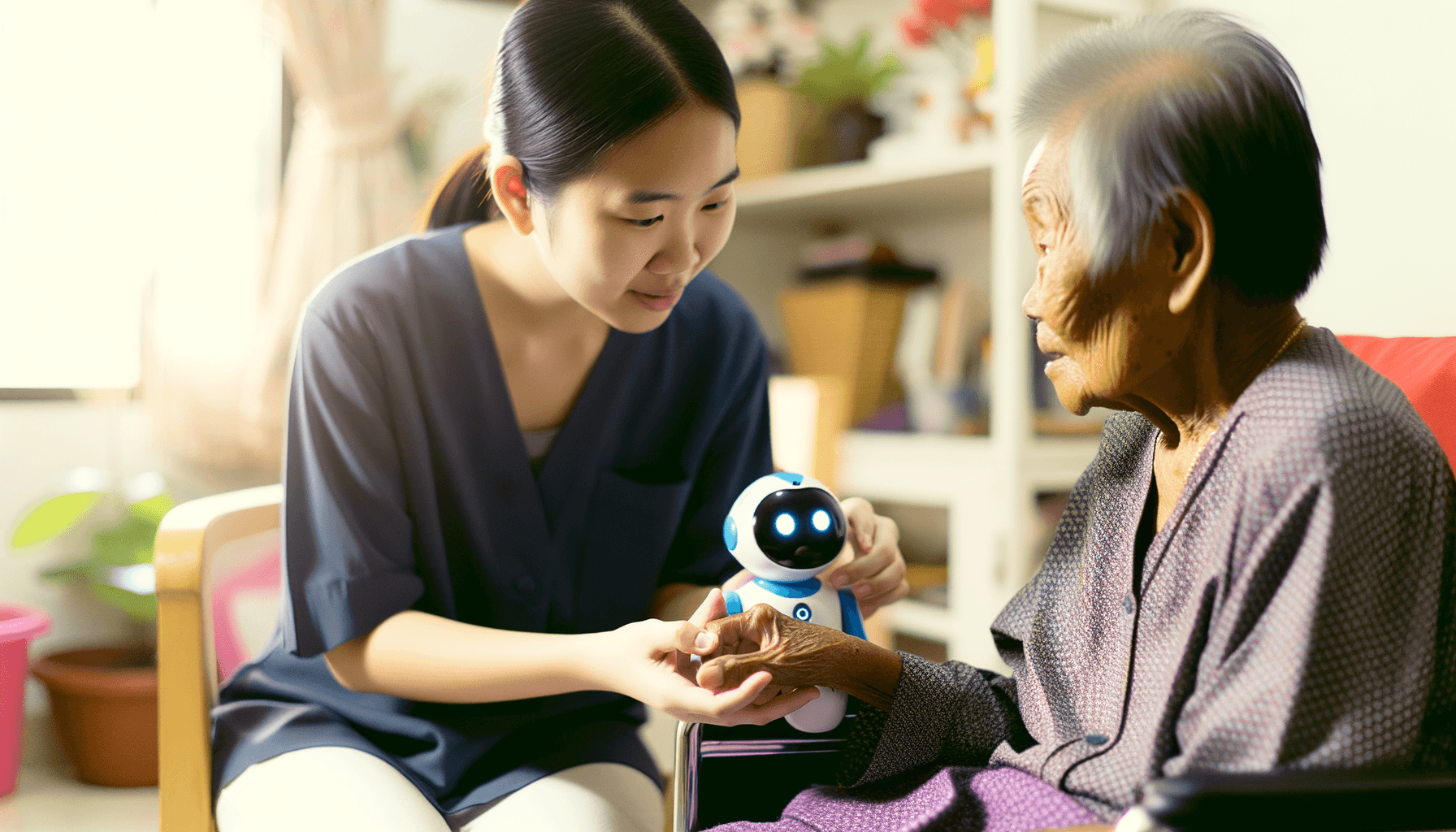
Integrating social robots into dementia care takes some careful planning and implementation, but it’s totally worth it:
Best Practices: Care facilities should make sure their staff members are properly trained on how to use social robots in intervention sessions. Creating a comfy environment and scheduling the right activity times are key for getting the most out of robot interactions.
Ethical Considerations: While social robots are awesome, it’s important to be upfront about what they can and can’t do. Guidelines often stress the importance of not misleading patients about the robots’ capabilities and maintaining dignity in care.
The Future of Social Robots in Dementia Care
As technology keeps advancing, we can expect to see even more mind-blowing innovations in social robotics for dementia care. We’re talking more sophisticated AI, better sensory capabilities, and personalization features that’ll make these robots feel like they were made just for each individual patient. The future looks bright, my friends!
Challenges and Considerations
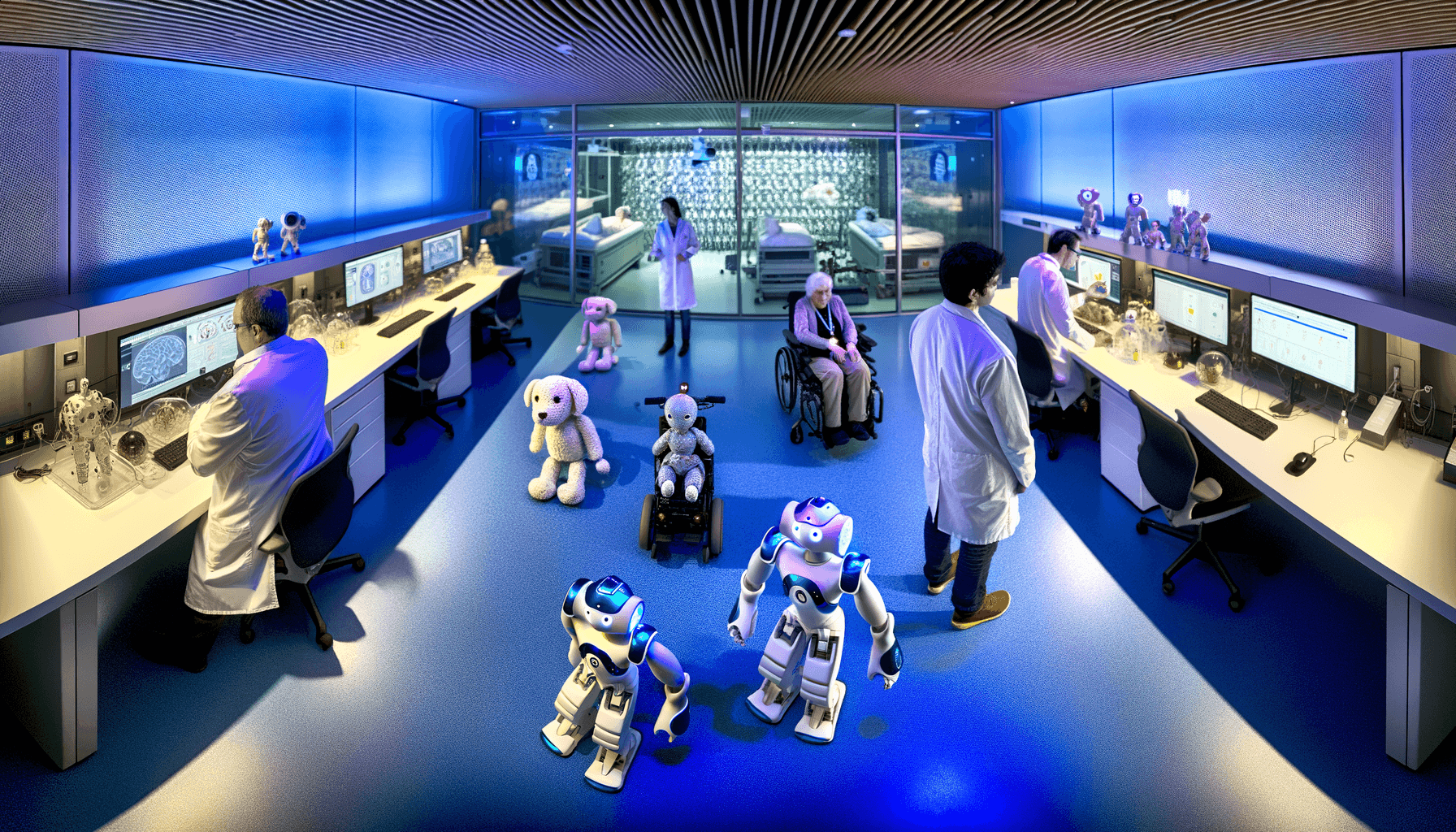
Of course, social robots in dementia care aren’t without their challenges:
Cost and Accessibility: Let’s be real, advanced social robots can be pretty pricey, which might make it tough for some care settings to get their hands on them.
Acceptance: Some patients and caregivers might be a little hesitant to welcome robot technology into their care routines. Change can be scary, but sometimes you gotta embrace the future!
Ethical Concerns: It’s all about finding that sweet spot between reaping the benefits of social robots and making sure we’re not compromising human dignity or being deceiving.
Conclusion
In the wild world of dementia care, social robots are like the new kids on the block, shaking things up and offering some seriously cool breakthroughs in companion technology. By providing emotional support, cognitive stimulation, and improved quality of life, these robots are transforming the way we approach dementia care. As research keeps chugging along and technology evolves, social robots are poised to become an even bigger deal in supporting individuals with dementia and their caregivers.
Sure, there are still some challenges to work through, but the potential benefits of social robots for dementia patients are too good to ignore. As we move forward, it’ll be all about finding that perfect balance between embracing these technological wonders and keeping that essential human touch in caregiving. With social robots on our side, the future of dementia care is looking brighter than ever, offering new hope and support for those facing this tough journey.
So, let’s raise a glass (or a robotic arm) to the exciting world of social robots in dementia care! Here’s to the amazing possibilities ahead and the brighter future we’re building together.

